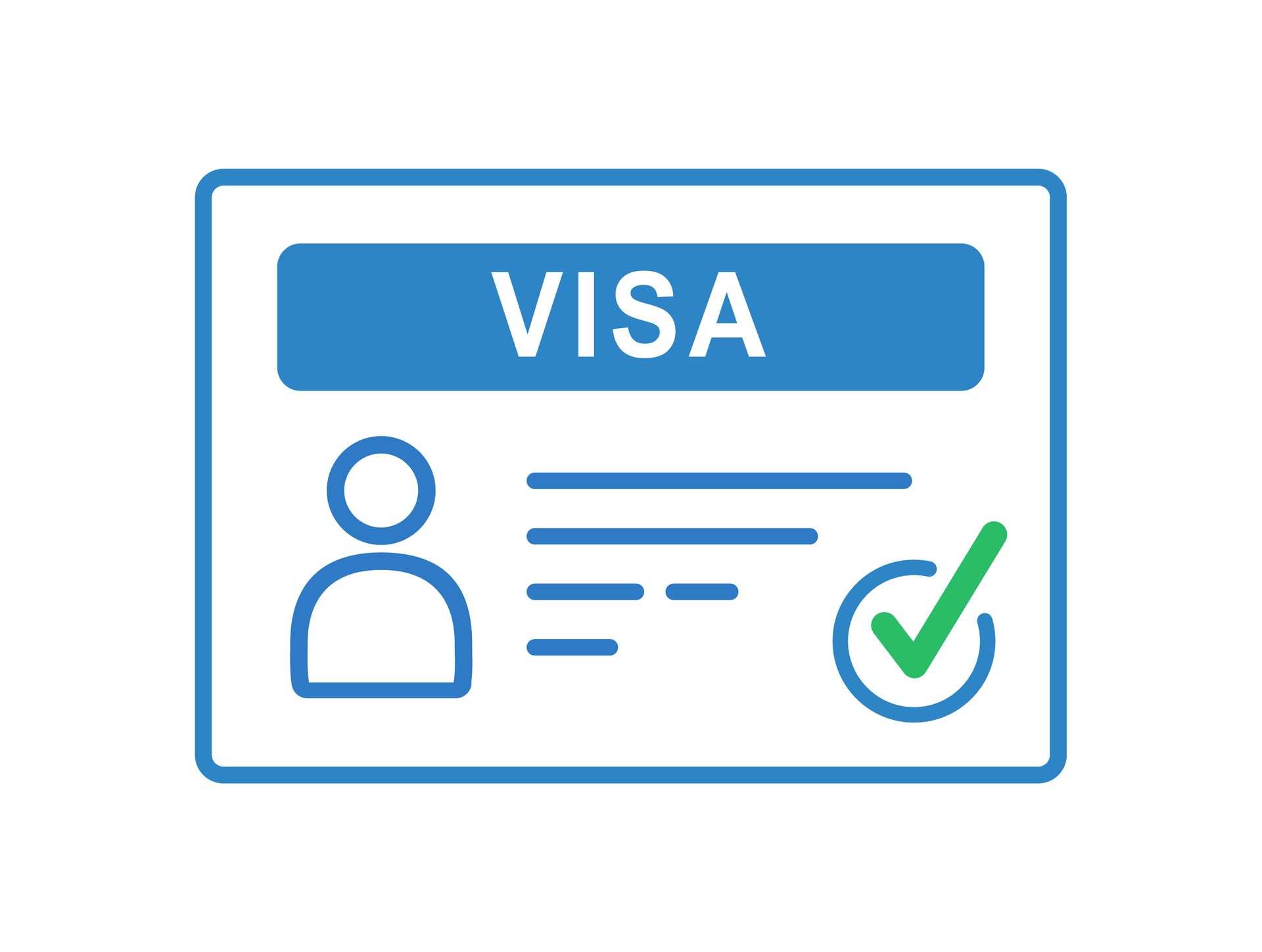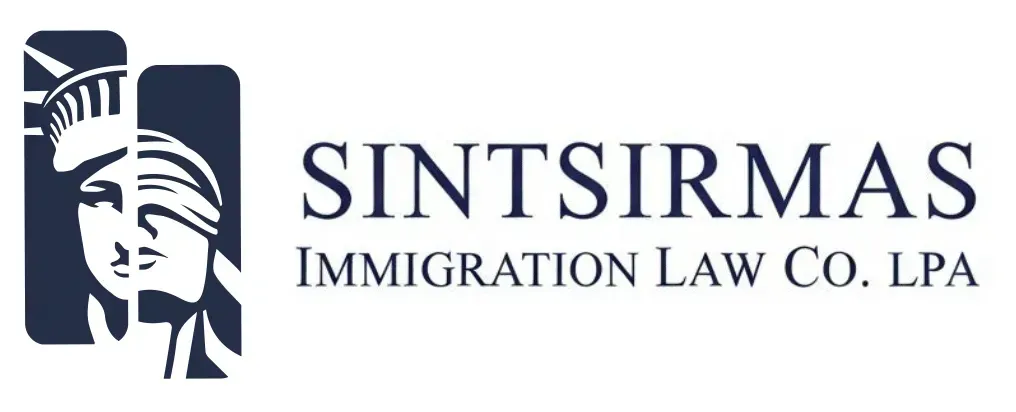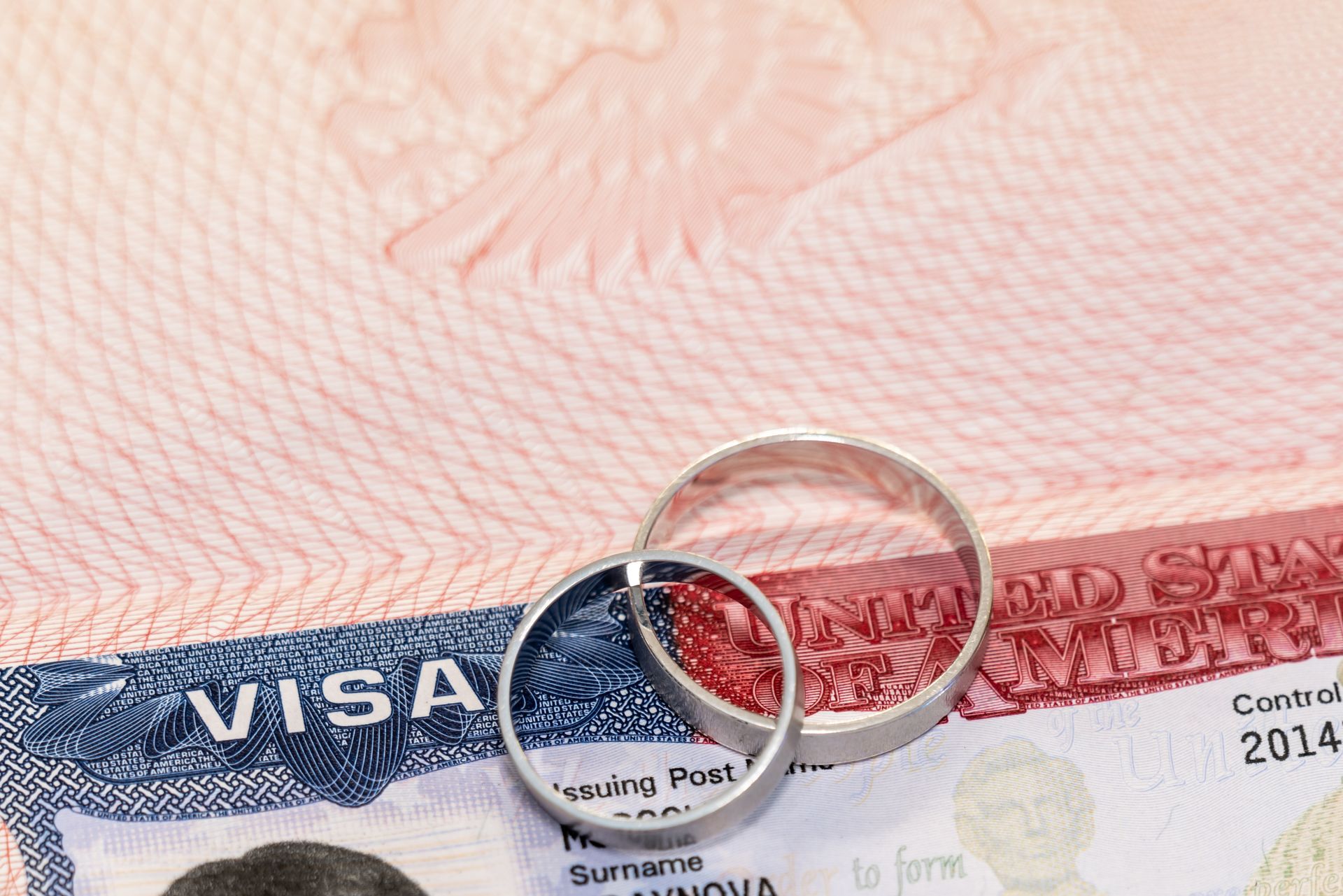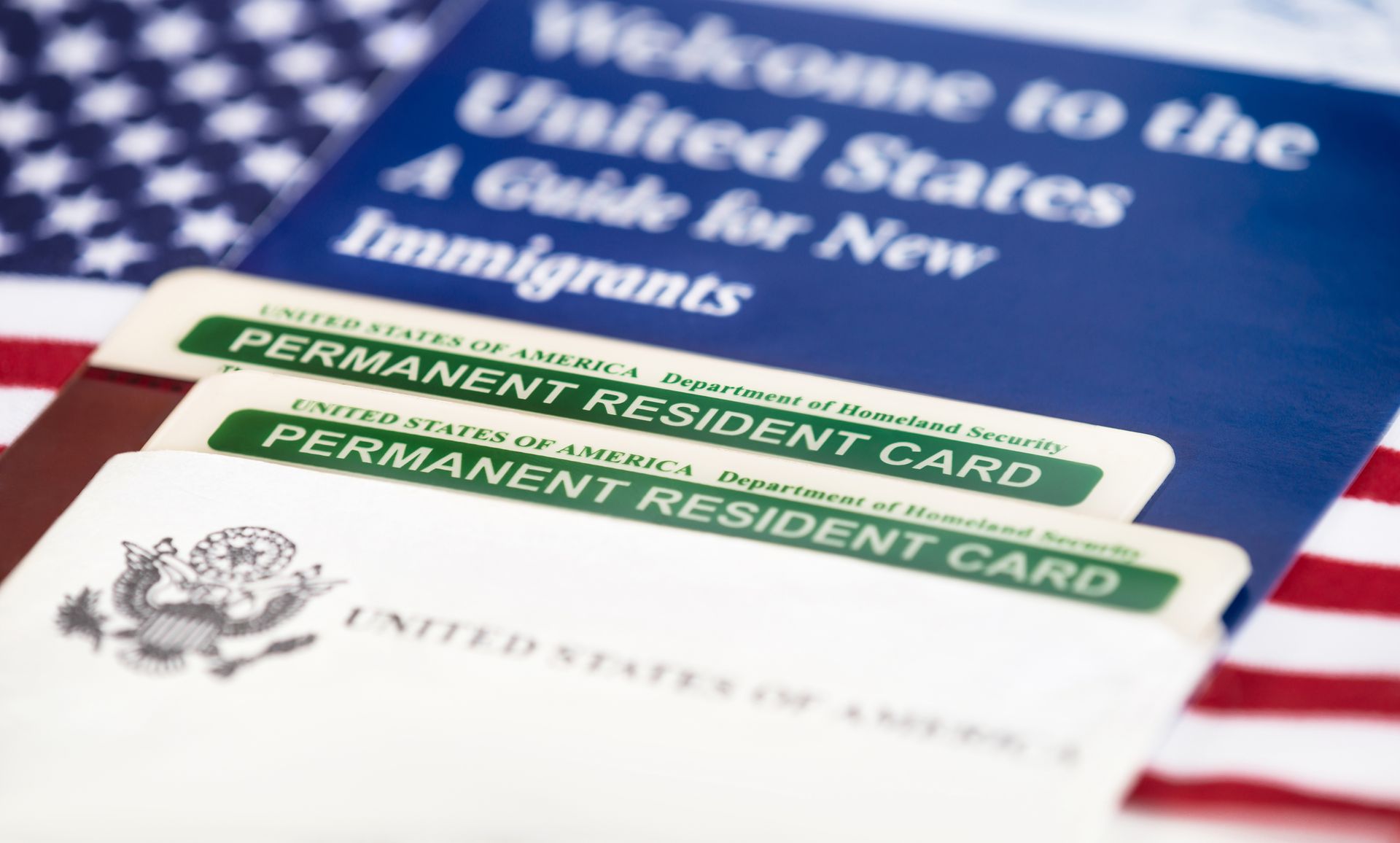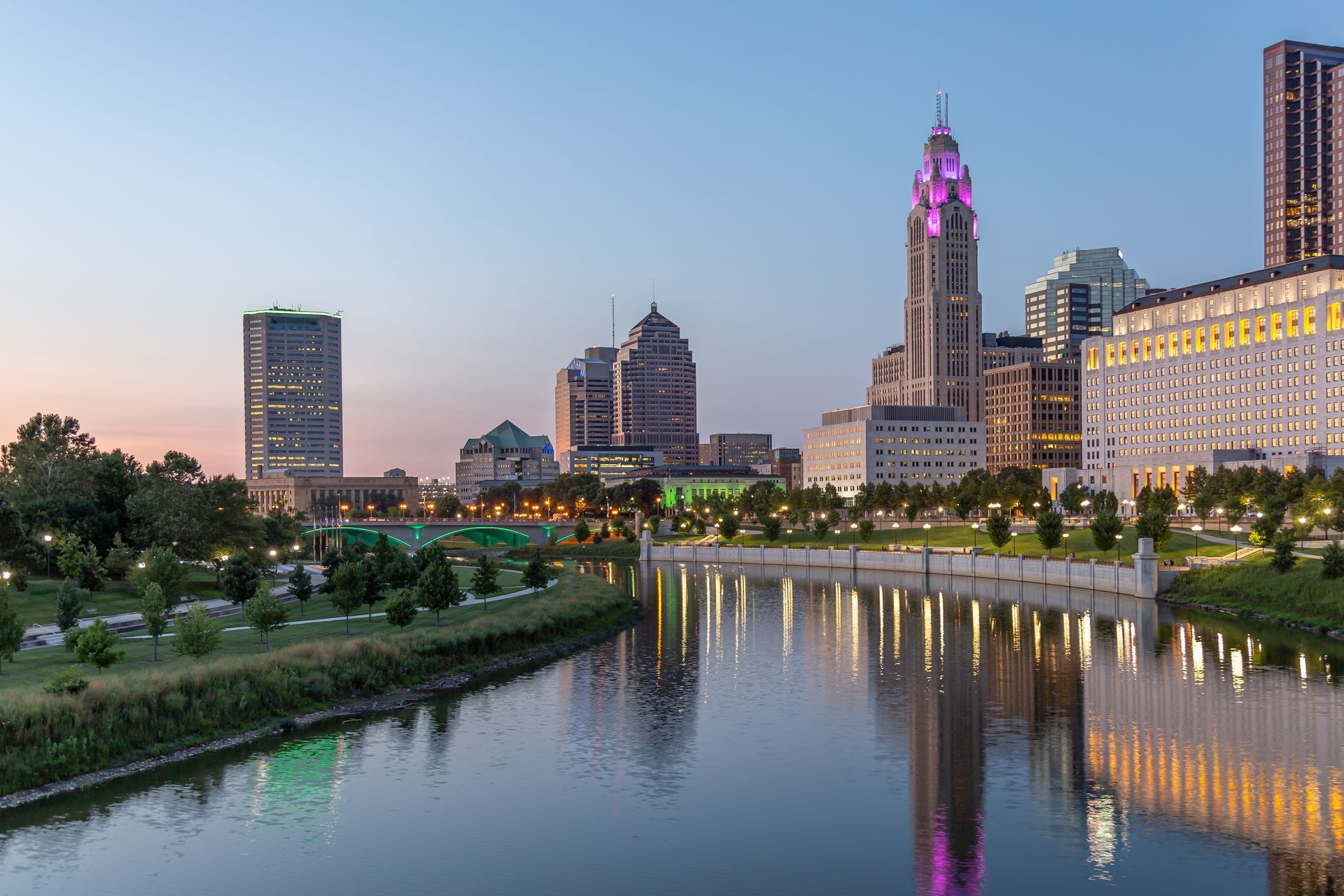The US-Canada Immigration Agreement
The US-Canada Immigration Agreement
Last month, the United States and Canada reached a historic agreement on asylum and immigration. This groundbreaking deal is expected to significantly impact both countries’ policies regarding refugees entering either country with hopes of starting a new life. The agreement seeks to reformulate various aspects of each nation’s immigration system, including protection for those fleeing conflict or persecution, access to services in the receiving country before legal status is granted, and ensuring timely processing of those seeking asylum across both borders.
Through better cooperation between our two nations and careful consideration of current economic conditions, we will be able to build upon the already strong relationship we share while providing a haven to more desperate individuals fleeing violence in their homelands. In this blog post, I will discuss all that needs to be known about this US-Canada Immigration Agreement so potential clients can make informed decisions about whether it best suits their particular situation.
Overview of the US-Canada Immigration Agreement
In 2021, the United States and Canada finalized a groundbreaking immigration agreement to address the growing number of asylum seekers flowing over their shared border. This agreement provided an innovative way for both countries to share responsibility for processing these individuals while preserving national sovereignty on either side.
As part of this plan, both countries committed to building secure transportation facilities run jointly by the two governments that aim to speed up processing times and ensure all applicants have a fair chance at submitting their claim for asylum or refugee status. This agreement is a means for ensuring the humane treatment of refugees who are searching for a safe haven, as well as upholding international law regarding refugees' right to protection.
Benefits and implications of the agreement
The recently negotiated agreement between the United States and Canada seeks to ease the flow of asylum seekers between both countries while also bolstering security protocols. This “safe third country” agreement could bring a number of tangible benefits if implemented properly, including increased protection for both refugees and the citizens of both nations.
By expanding the cooperative monitoring of visa applicants and developing more effective methods for negotiation between border control agencies, this pact could lead to closer integration in North America's public infrastructure systems. Its success hinges on both countries' continued commitment to its implementation, particularly as it relates to upholding protocols that protect vulnerable populations from exploitation or undue hardship. Ultimately, this agreement could be a significant step forward for regional stability concerning immigration policies.
How the agreement impacts asylum seekers
The new agreement between the United States and Canada has potentially far-reaching implications for asylum seekers and the policies around their applications. While the exact details of this agreement are still being determined, initial reports suggest that it will increase border security and create a shared system for processing asylum applications.
This could strengthen or weaken protections for those seeking refuge in either nation, depending on how it is implemented; however, it is clear that such an encompassing change to cross-border policy warrants careful consideration from both sides. At its core, this agreement brings up significant questions about individual liberty and our overall immigration framework - questions that need to address as we seek to better understand its effects on asylum seekers.
Challenges that come with increased immigration from Canada
The recent influx of asylum-seekers from Canada to the United States has caused many challenges to the American border control system. These include an increased burden on infrastructure, additional delays in processing legitimate applications, and a heightened risk of cross-border crime.
To address these issues, lawmakers must work together to find effective solutions that allow all parties involved to benefit and live safe and productive lives. Many options have been proposed, yet none have sufficed for bridging the divides caused by immigration. It is only with careful consideration of both international law and human rights that governments can successfully maneuver this tense situation and resolve any conflicts that may arise from it.
Takeaway
The US-Canada agreement on immigration is a promising step in the right direction–one that offers a much-needed respite to asylum seekers looking to call new countries home. However, there are still many issues that plague this system and must be addressed in order for it to become even more effective. Government officials on both sides of the border must remain vigilant so that policies can be adjusted to meet present needs as they arise.
With swift actions and creative solutions, hopefully, we can create an even stronger immigration policy framework between these two neighboring nations in the years ahead. Ultimately, mutual respect for contemporary human rights standards will ensure both countries benefit from extended cooperation on important issues like immigration.
If you are facing legal issues in the immigration system, contact Sintsirmas Immigration Law Co. LPA as soon as possible.
